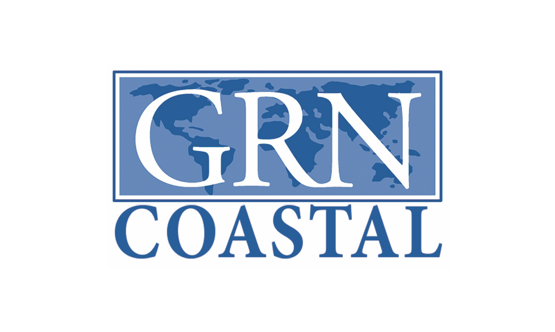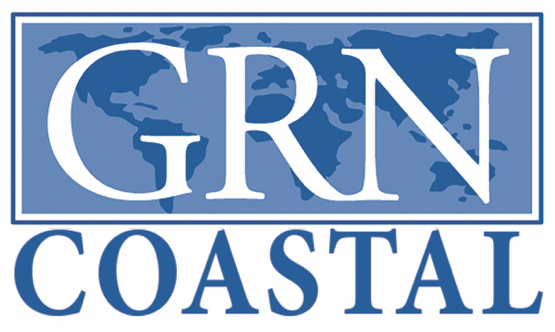There are really only two ways to increase sales. Sell new customers or sell existing customers more new or existing products. These require planning on the part of distributor sales management, distributor sales people to more effectively evaluate his/her customers and identify new opportunities and manufacturer salespeople (direct and reps).
The competitiveness of the economy requires a back to basic approach to selling to differentiate you, especially in light of the movement to more e-communications / e-commerce. No longer will a “let’s see what today or this week brings” strategy succeed. Planning and utilizing basic selling skills is the order of the day. Identify the needs of the customer and solving the need with planned activities is now at hand. “Why am I calling on this account? What products is he/she not buying from me? How can I find out what application problems they are experiencing? Is there safety, code, labor saving or energy products I can sell them? How can I bring value to new customers? What resources do I and my company have to effectively cultivate new orders? What types of projects / companies does my customer (contractor) work with? What are my customers and his customers’ issues? (or for industrial or institutional accounts, What are their business initiatives and how can I help?”)
The question becomes, are you, and perhaps more importantly, your salespeople, thinking this way? Shouldn’t you!
One way to effectively increase sales is through joint sales calls. A time-tested strategy that requires some trust amongst channel partners but can be improved by planning. And it converts your salespeople from customer service resources (or order takers) to demand generators, hence increasing their value to the customer.
Yes, we know the horror stories and the issue of “do I trust the rep?” But can you afford not to conduct joint sales calls with your key suppliers? What happens if “your” customer hears of a product from someone else (i.e. the Internet, direct from the manufacturer, a competitor)? What happens when the niche products that they need are presented by someone else? Or consider how many times your customer wants to hear “do you have an order for me?”
Effectively planned joint sales calls with objectives can be a very productive tool. The problem has always been setting expectations, pre-planning and follow-up. Here is where the sales or the marketing manager comes into play.
First, there should be a review of targeted accounts to determine, by generic or manufacturer product group, what each customer purchases. This product mix report is your key to selling something “new” (either a product category or a specific item) to existing customers. With this in hand, an examination of the data will reveal opportunities. Inviting the manufacturer’s sales rep for the product line to review the opportunities will further prune the list so there are no conflicts if the manufacturer is already getting the business (while also revealing interesting competitive insights to you).
Second, what products, new or existing, should be presented to each targeted customer? Obviously, products that support application solutions and are profitable are the best picks.
Third, motivation is key. To maximize effectiveness, consider an incentive for the distributor sales person to reward for activity (number of calls) and effectiveness (sales achievements). Joint calls require a lot of work. For the distributor and manufacturer sales person, a reward is extremely important for success. Ideas that we’ve seen work include:
o Spiffs
o Promotions / contests which may include non-cash rewards and gift certificates
o Double or triple commission on the specific products for a defined time period
o Tickets to a special event (sport or concert)
o Or, the president / sales manager washes both salesperson’s car
Another key element is motivating the customer. While visibility is good, sales are better. To encourage customers, consider answering their WIIFM (what’s in it for me). Non-pricing strategies can help preserve long term profitability. But remember, not every customer needs the presented product today. Customer purchasing benefits should extend for 30-60 days. Experience has shown that you need to plant seeds for sales to grow.
And while the distributor benefits from increased sales as well as many intangible benefits, frequently to capture the business there must be sufficient inventory to support the desired (expected?) demand. Manufacturers should make it appealing for distributors to have more inventory at the point of influence (in the branch / CDC). Consider extended dating, sales guarantees with no-restocking fee for 6 months, competitive stock buy-backs if necessary, SPAs and more. Also, does the distributor have the appropriate marketing collateral from the manufacturer? Typically, joint sales calls don’t happen in a vacuum. They are part of a concerted effort to grow specific product areas. An integrated sales and marketing approach is important as both reinforce the message.
Joint calls can be effective when planned, can increase business, adds value to your customer relationships.
And consider joint calls to engineers … they want to see product and are the influencers of what gets speced / purchased! Being their friend can generate significant sales and they frequently have purchasing authority.
With every distributor, and customer, seeking an edge, joint sales calls ensure that your customer hears from you and your manufacturer.
Copyright © 2015 by John Salvadore
All rights reserved. No part of this publication may be reproduced, distributed, or transmitted in any form or by any means, including photocopying, recording, or other electronic or mechanical methods, without the prior written permission of the publisher, except in the case of brief quotations embodied in critical reviews and certain other noncommercial uses permitted by copyright law.








